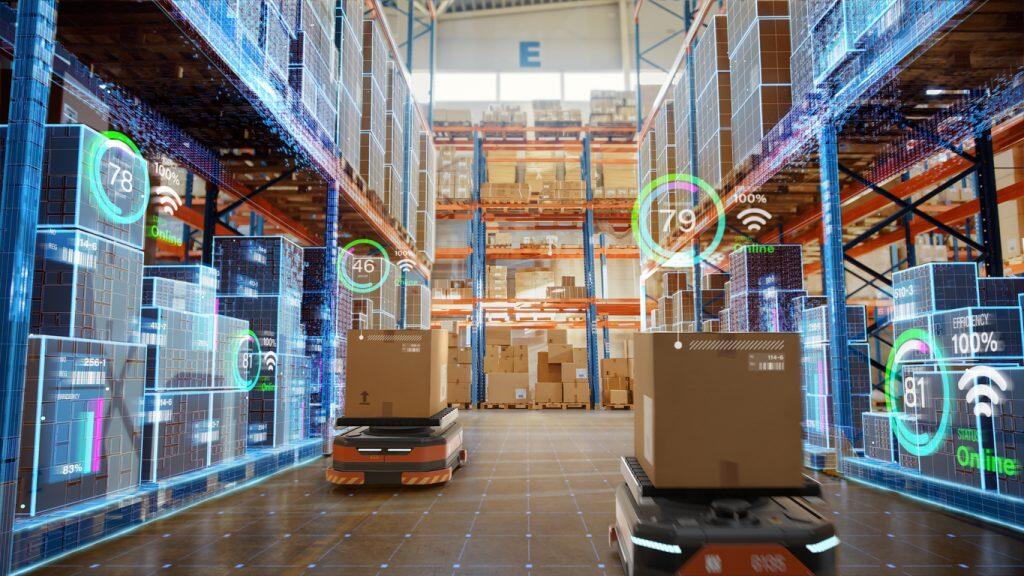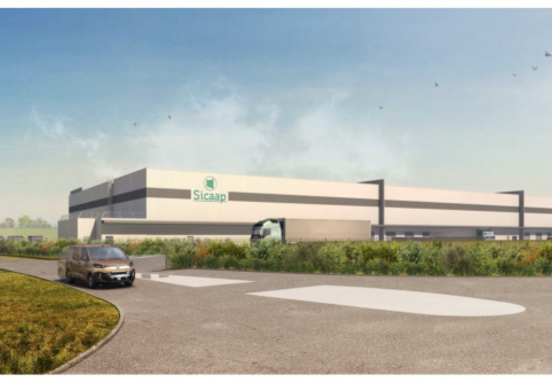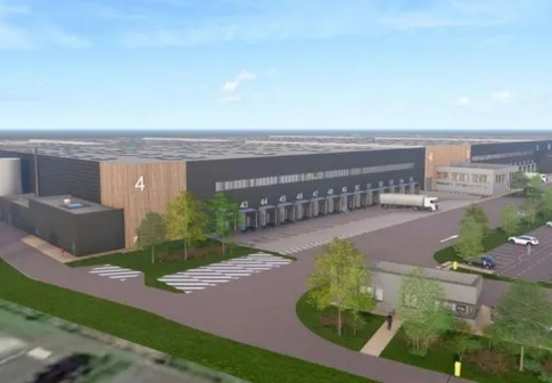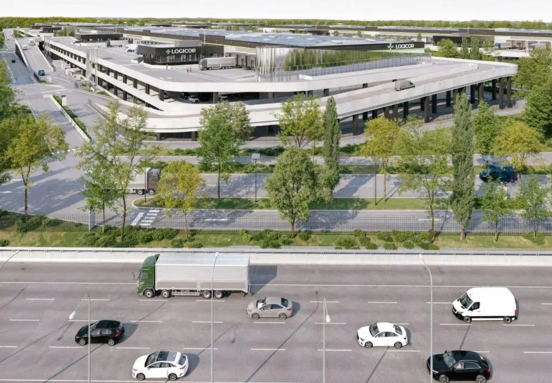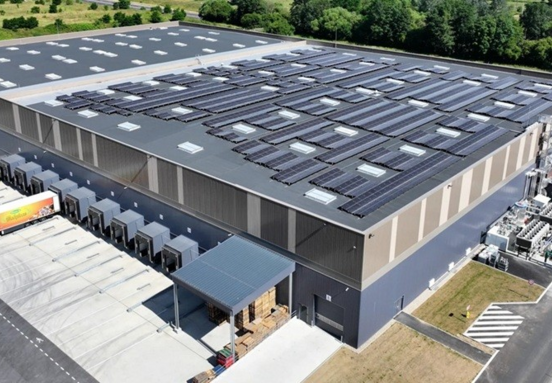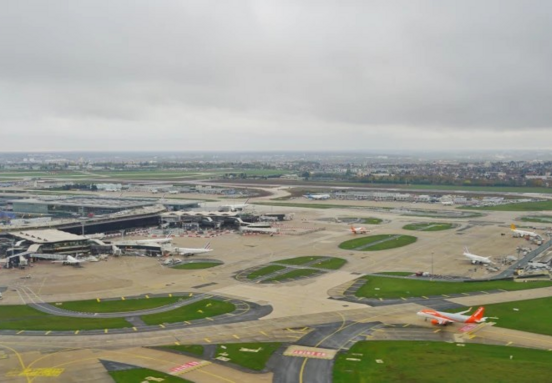The evolution of warehouse automation
In response to rapid technological advancements and the growing need for enhanced productivity and traceability, businesses are rapidly adopting automation to optimize their warehouse operations by 2025.
These advanced automation solutions, integrating robotics, artificial intelligence, and interconnected systems, are setting new logistical benchmarks and delivering significant performance gains.
Understanding these tools is crucial when selecting a warehouse that will serve as a next-generation logistics hub.
The cornerstone: advanced Warehouse Management Systems (WMS)
At the heart of any effective warehouse automation strategy for 2025 is a robust Warehouse Management System (WMS). Modern WMS platforms go far beyond traditional inventory tracking; they incorporate artificial intelligence modules capable of anticipating demand fluctuations, analyzing merchandise behavior, and optimizing the entirety of intralogistical operations.
Leveraging predictive analytics and machine learning, advanced WMS can orchestrate both robotic and human resources in real-time. This leads to a significant reduction in stockouts, improved location allocation, and higher service rates. Businesses can also monitor their operational performance with advanced dashboards and integrated analytical tools, ensuring optimal efficiency.
Agile movement: automated guided vehicles (AGV) and autonomous mobile robots (AMR)
Automated Guided Vehicles (AGVs) and Autonomous Mobile Robots (AMRs) have profoundly reshaped internal warehouse logistics. Their ability to move independently, transport diverse loads, and collaborate with other automated equipment dramatically increases operational efficiency and reduces reliance on manual labor, offering a significant advantage for prospective tenants.
AMRs, known for their superior agility and versatility compared to traditional AGVs, are equipped with advanced sensors, cameras, and intelligent navigation software. They can dynamically reconfigure their paths, bypass obstacles, and seamlessly integrate into existing infrastructures. This interoperability makes them a strategic investment for automating picking, storage, or internal delivery tasks without requiring a complete reconfiguration of the physical warehouse environment.
Optimized storage: automated storage and retrieval systems (AS/RS)
Automated Storage and Retrieval Systems (AS/RS) are vital for optimized inventory management in next-generation warehouses. These solutions, comprising automated racks, shuttles, and stacker cranes, efficiently utilize building height for denser storage while minimizing retrieval times. For businesses requiring high-density storage solutions, AS/RS offers a distinct advantage.
The automation of put-away and retrieval tasks, centrally managed by sophisticated software, ensures increased reliability and significantly reduced error rates. For industries with stringent traceability requirements (e.g., pharmaceuticals, food and beverage, e-commerce), AS/RS provides precise control throughout the entire supply chain, from goods arrival to final dispatch.
Streamlining flow: automated sorting and order picking
Automated sorting, powered by intelligent conveyors and high-speed sorters, is revolutionizing the flow of goods within the warehouse. These tools can identify, sort, and direct each package with unparalleled speed and accuracy, especially during peak operational periods.
Simultaneously, automated order picking solutions such as pick-to-light, pick-to-voice, and pick-by-robot enhance operator efficiency and significantly reduce picking errors. These technologies boost productivity and customer satisfaction while ensuring complete traceability for every operation performed – critical factors for businesses relying on swift and accurate order fulfillment.
Interconnected operations: the Internet of Things (IoT)
The Internet of Things (IoT) plays a crucial role in modern warehouse automation strategies. Every piece of equipment, from stacker cranes to smart pallets, is equipped with sensors capable of communicating real-time data, facilitating predictive maintenance and centralized control of facilities. This capability is paramount for businesses seeking minimal downtime and proactive problem-solving.
The interconnection of equipment allows for the consolidation of information flows into unified software platforms. This systemic approach helps proactively identify bottlenecks and continuously optimize processes. For supply chain professionals demanding end-to-end visibility, IoT is an indispensable strategic enabler.
Intelligent automation: the power of Artificial Intelligence (AI)
The increasing integration of artificial intelligence within warehouses enables a shift towards intelligent and scalable automation. AI algorithms continuously analyze vast amounts of operational data to improve planning, inventory rotation, and space utilization, ensuring that your chosen warehouse can adapt to evolving needs.
Computer vision technologies, image recognition, and cognitive automation offer new possibilities for merchandise inspection, anomaly detection, and automated quality control. Businesses can leverage these tools to anticipate needs, enhance responsiveness to unforeseen events, and ensure the warehouse remains truly agile.
Choosing your future-ready warehouse
When considering warehouse space for rent, understanding the integration of these cutting-edge automation and robotics technologies is paramount. A warehouse equipped with these systems offers not just storage, but a strategic asset capable of delivering unparalleled efficiency, accuracy, and adaptability for your business's future growth.
Source: entrepot360.com
